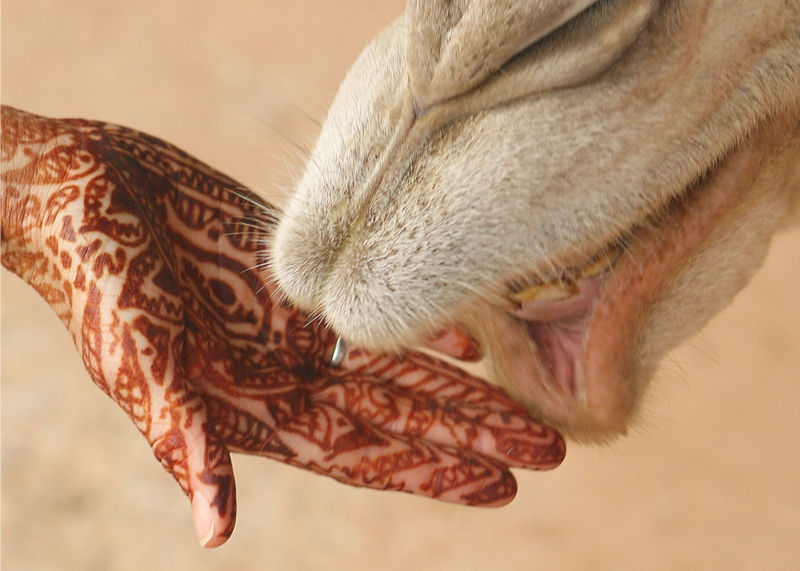I am sorry about that rather abrupt break in transmission! I have been in hospital having temporarily lost the battle with my gall bladder, one of those recalcitrant organs like the appendix that seem to cause more trouble than they are worth. I now have the veins of a junkie and glow in the dark. The morphine has worn off so my dreams have returned to just strange as opposed to completely terrifying! ….but am back home …and even more behind with work, oh dear….
So to get back into the swing I decided to do something straightforward, a pencil drawing of this little sprig of Henna pods. It grows in the herb garden at Leu and after my recent experience I thought the herb garden was somewhere I needed to get more familiar with. While in hospital I was reading the excellent Audubon biography by Richard Rhodes and learned that in 1813 he and his wife suffered from the “summer fevers”, merely the possibility of typhoid or yellow fever, and would have been treated with powdered Peruvian cinchona bark, bleeding, aloes, jalap root, cupping and blistering. Rhodes remarks ” however the Audubons were dosed, they were hardy enough to recover from their illnesses as well as their treatment.” Luckily so did I…
Henna would not have been much use to me because although it does have medicinal properties they are more to do with the skin, having some antibacterial and anti fungal properties and apparently an ability to block ultraviolet radiation.

Henna Flowers by J M Garg from Wiki here
It’s a pretty and fragrant shrub but of course most famous for the beautiful dye used for the important symbolic decoration of hands and feet in Asia and in many other cultures. I am particularly fond of this elegant form of body decoration.
From Wiki: “Henna, Lawsonia inermis, produces a red-orange dye molecule, lawsone. This molecule has an affinity for bonding with protein, and thus has been used to dye skin, hair, fingernails, leather, silk and wool.

Image from All Posters by Khalid Tanveer here
The dye is made from the crushed and powdered leaves and interestingly does not “fade” but is exfoliated by the regeneration of cells in the skin. The historical use of henna is fascinating both as body decoration and general dye stuff and there are many sites devoted to it. If you are interested there is a fantastic site which will tell you all you ever wanted to know, with many links too. http://www.hennapage.com/
I could not resist this photo, again from Wiki, taken by David Dennis here
__________________________________________________








